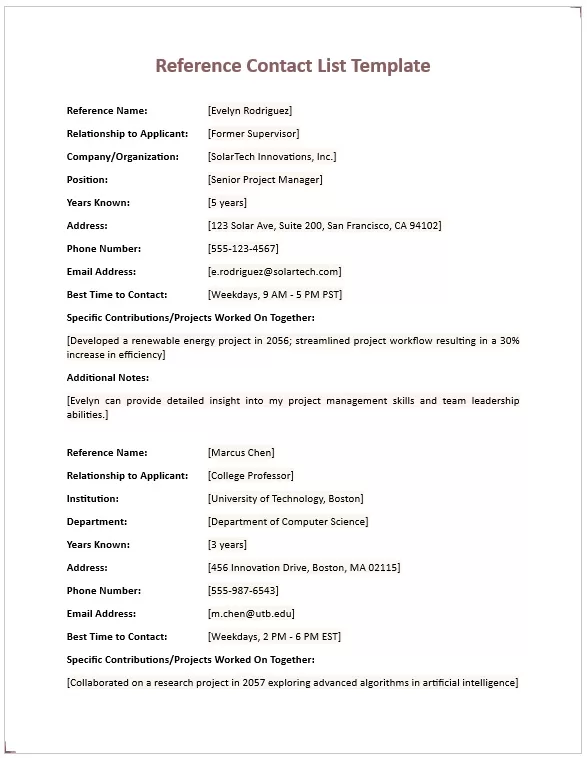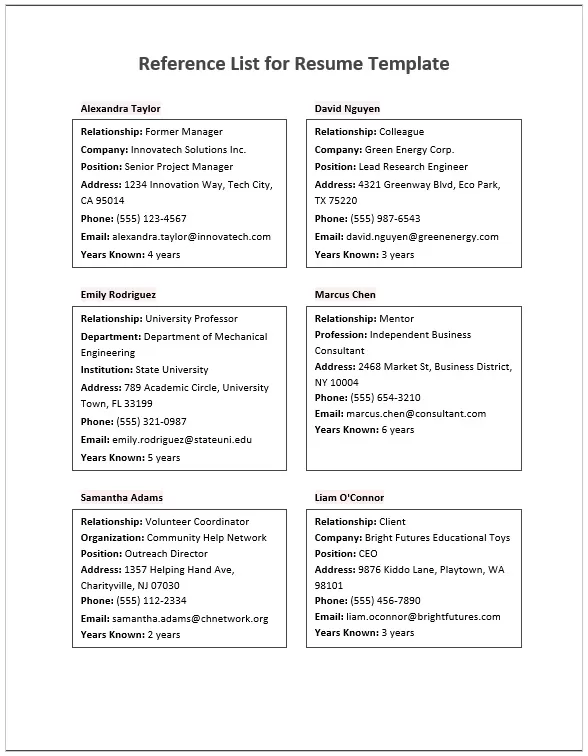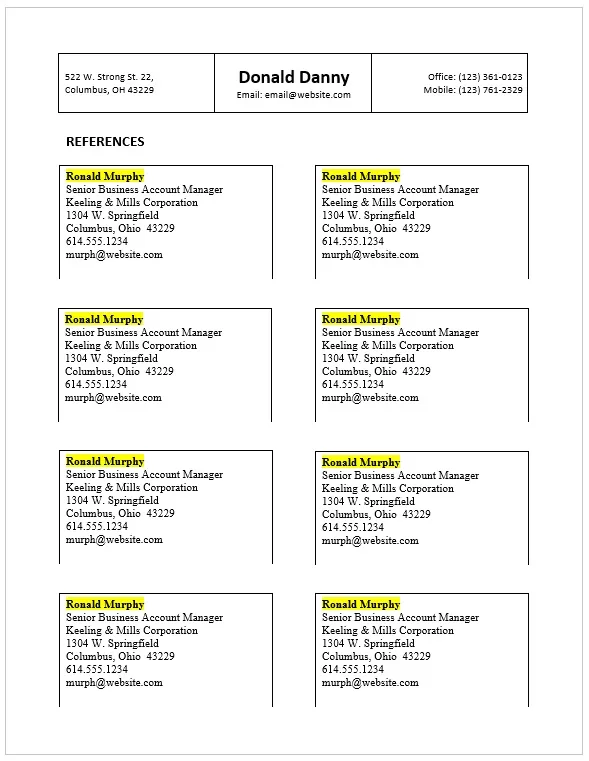Admit it – don’t we always flinch a bit at the idea of putting together a complete reference list? It doesn’t matter whether it’s for an academic paper, a blog, or a management report; it’s easier said than done when it comes to the organization and presentation of the references in the correct style. This is for when the templates for reference lists were created. They make the work simple, and hence easy, and help in the improvement of presentation in a professional manner.
In this discussion, we will cover all aspects of the reference list templates needed including what they are, their importance, methods of generating them, and where they can also be located. After reading this, you should be confident in your ability to address any referencing issues easily and comfortably.
What Are Reference List Templates?
In a nutshell, a reference list is intended to help you summarize the citations you want to include neatly by organizing them into a prescribed format. Most of these reference lists are usually made up of sections for the main order, such as the author, year, title, and web page.
Key Components of a Reference List Template
- Author Information: Full name(s) of the author(s)
- Publication Date: Year and, if applicable, the exact date of publication
- Title of Work: Title of the book, article, or other content
- Publisher or Source: Publishing house or website where the work was released
- Access Information: URL or DOI for digital sources
Free Reference List Templates
Here are previews and download links for these free Reference List Templates in MS Word format.



source: Word-Templates.com
Popular Reference Styles and Their Templates
Several styles are also known and used widely when creating reference lists i.e. in academia, professionally, content writing, and individual or company profiles. Each of them contains certain criteria and parameters, so it is particularly valued what the differences and goals of these styles are. ‘APA’, ‘MLA’, ‘Chicago’ and ‘Harvard’ are the best-known styles, which cater to particular subjects and thus have general, easy-to-use templates for citing references.
APA Style
The American Psychological Association publication format (APA) is usually applicable in the respective fields of social science for instance psychology, education, and even sociology. The aim of the format is to focus on the formatting aspects for coherence in the work such that a reader can follow up and ascertain the sources without having too much trouble. As APA referencing guidelines follow certain strict standards, their reference lists are simple as they include elements such as The special issue provides an overview of the current state of the educational system, J’s surname and initials, year of publication, title of the book, other relevant additional information like the publisher and the digital object identifier, DOI of the document in question on the web. Such a bibliographic entry for a book in APA is as follows: “Smith, J. (2021). The Science of Learning. Academic Press.”The APA uses another format for references which is the hanging indentation and this occurs when the text in a citation breaks or flows over to another line and that line is indented making the reference list look clean and well-organized.
MLA Style
Reflective writing in humanities commonly relies on the Modern Language Association style for referencing, including texts of literature, arts, and cultural studies. The only concern of the MLA is expressed in the authorship roles and the clarity of expressions while considering the publication medium. Unlike the APA, the MLA format for citing a book records hyphenates the year of publication towards the end and uses it to enclose the title of entire publications such as books and journals. For example, an MLA style citation of a book may resemble the following: “Smith, John. The Art of Expression. New York: Creative Publishers, 2021.” Additionally, a page number in the reference list for an in-text citation within this format is required as it facilitates the connection of the relevant thoughts with the particular sources.
Chicago Style
The Chicago style of writing, or Turabian style when simplified, is common in some academic fields including history, business, and several social studies. It has two forms of citations: notes and bibliography (reference list) and the author-date style. The notes and bibliography styles are more commonly used in historical work as they include rich annotations on top of the page, unlike the author-date style which is very close to the APA science format. Here is how a standard bibliography of a book in Chicago format looks: “Smith, John. Exploring the Past. Chicago: History House, 2021.” This aspect of Chicago Major is particularly advantageous as it allows for many diverse types of writing.
Harvard Style
Such academic institutions as colleges and universities, and even some other fields, use the Harvard referencing style a lot. Harvard referencing places a priority on clarity and use of the author-date system for ease of source identification. For Harvard style, templates usually contain the name of the author with the surname first then initials, the year when the work was published, the title placed in italics, and publication place details at the end. An example would be: “Smith, J. 2021, Research Techniques, Academic Press, London.” The lack of difficulty that the notation style brings advanced the style, together with uniformity, makes the style convenient to apply in academic settings irrespective of location.
Each of these reference styles has a unique role in fostering credibility and consistency and understanding their templates is crucial for effective source documentation.
